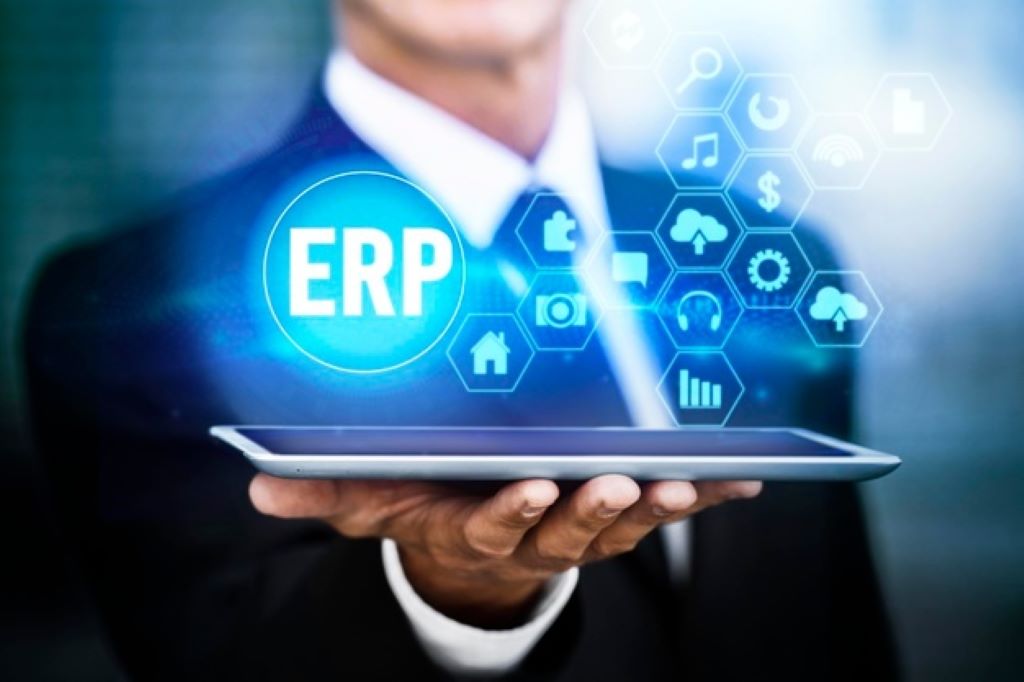In order to help manage businesses and provide clients with a quality service, SMB’s (small and medium-sized businesses) require extensive and smart systems, that are usually called ERP (Enterprise Resource Planning) programs. However, many of these businesses are burdened with outdated systems they have had at the beginning or they are unprepared to the challenges of starter systems. Often SMBs possess sufficient systems for their market, but still lag behind their competitors within their industry.
Leading ERP developers are constantly improving and adding functionality and technology in order to enhance construction practices like equipment control, suppliers, managing numerous projects, and capturing all types of data from said projects. Moreover, now the vast majority of businesses are moving to phones and tablets. It can seem frightening to choose and implement a new Enterprise Resource Planning system, but it does not have to be this way. Being properly selected, well-planned and managed, an ERP can take the sting out of the transition for your business to thrive.
How Do You Do It?
- Identify your strengths and weaknesses
Initially, you should take a good look at your present operations and find out your current system’s strengths and weaknesses. Based on this data, you can select a solution that meets all the important requirements for you.
- Choose an implementation strategy
At this stage, you should plan the transition. To implement everything all at once is not always the best option, and it is definitely the highest risk strategy. Usually, a phased implementation makes more sense because it not only reduces risk but also spreads out the costs and the toll on internal staff over a manageable period.
Can you do this with any ERP system?
- Functionality
Research how complete the prospected solution is. It is important to make sure that the system will not become obsolete in a few years. The solution should be structured as units of functionality that can be operated independently. All applications should be completely integrated and work within the same database structure.
- Pricing
There is no standard way to install prices for applications, especially when they run on the cloud. While considering a phased approach, make sure that the price will match your implementation phases. Some systems that are based on the cloud can be priced based on the number of users. In this way, it is discouraging to add new users to your solution.
Looking forward
An ERP system choice is a long-term commitment, and you should be sure that the supplier will be around five, ten or even twenty years from now to continue supporting and developing the system. The most important component of implementation planning is to keep it oriented on the business needs, prioritizing the functionality and technology that has the major value to your firm. It is up to you to ensure the solution serves the business, provides the right functionality, and suits the way your people work. These systems are tools that help your organization to serve your customers and make a profit. These intelligent tools have to make your daily activities easier.
Dedicated to our customer’s success, Ujimatec empowers Accounting, Finance, Operations, and Executive teams with user-friendly, transparent & collaborative tools to get work done efficiently. Ujimatec would love to assist you in selecting the right Cloud ERP solution that suits your business. Contact our professional consultants today.
“Ujimatec’ Mission?- Your Success.”



